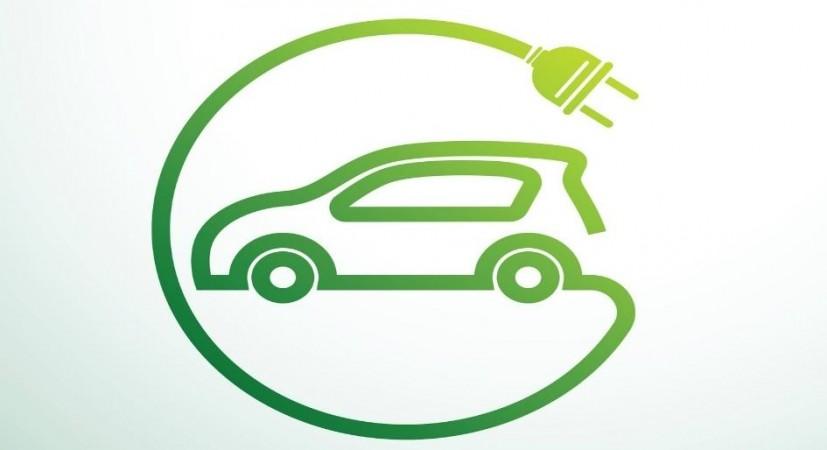
India's Electric Vehicle (EV) market is poised for a significant surge, with a projected Compound Annual Growth Rate (CAGR) of 35-40% until 2027, according to a recent report by Niveshaay. This growth is expected to be driven by government incentives, rising fuel prices, and increased consumer awareness. The report, which was released on Wednesday, predicts that EV sales volume in India could reach around 3-4 million units by 2025, and 10 million by 2030. This is a significant increase from the current market, which is primarily concentrated on the two and three-wheeler EV segment, accounting for about 80% of the vehicle market.
Arvind Kothari, smallcase Manager and Founder of Niveshaay, highlighted the Indian government's efforts to boost local manufacturing and reduce import dependency. The Indian government has introduced Production Linked Incentive (PLI) schemes and reduced customs duties on critical minerals to boost local manufacturing, Kothari said. The government's balanced approach to policy support and market development is facilitating India's emergence as a remarkable contender in the global EV landscape. This is despite challenges like limited charging infrastructure, which the government is actively working to address. By 2030, EVs are expected to represent approximately 10-15% of new vehicle sales in India, including two-wheelers, three-wheelers, and passenger vehicles. This is a significant increase from the current market penetration of EVs. The report further predicts that by 2030, annual EV sales are projected to surpass 10 million units, with substantial growth in the deployment of electric buses, commercial vehicles, and private cars. EVs could represent 30-40% of new vehicle sales in the market.
The study also predicts a strong EV Infrastructure, with more than two million public charging stations projected nationwide. This increase in EV Adoption, infrastructure, as well as manufacturing, can also be attributed to growth in Budget allocations for the EV sector. From Rs 10,000 crore allocated in FY2019-20 (FAME II scheme), it has increased to 19,744 crore (for Green Hydrogen mission) and 2,908 crore (continued FAME II Support) in FY2023-24. The Union Budget 2024-25 has allocated Rs 2,671.33 crore under the FAME scheme, primarily to cover remaining liabilities from FAME II. In addition, the government has introduced the Rs 500 crore Electric Mobility Promotion Scheme (EMPS) to boost electric two- and three-wheelers. The increased PLI Scheme for automobiles and auto components to Rs 3,500 crore and the exemptions in customs duty on lithium, cobalt, and other rare minerals to reduce battery production costs, via the Union Budget, make electric vehicles more affordable.

Driven by key government initiatives like the FAME and the EMPS scheme, India is poised to become a major player in the global EV market, specifically amongst the emerging markets. While China dominated with 60% of global EV sales as of 2023, India's large population and urbanisation are driving demand for affordable electric mobility. In contrast, the US and Europe, with EV penetration rates of around 7% and 14% respectively as of 2023, are focused on passenger vehicles and infrastructure development. Indian EV market is on the cusp of a significant transformation, driven by government initiatives, rising fuel prices, and increased consumer awareness. With the projected growth rates, India is set to become a major player in the global EV market. The government's efforts to boost local manufacturing and reduce import dependency, coupled with the projected increase in EV infrastructure, are expected to drive this growth. This report serves as a testament to India's potential in the EV market and the country's commitment to sustainable and renewable energy.

















